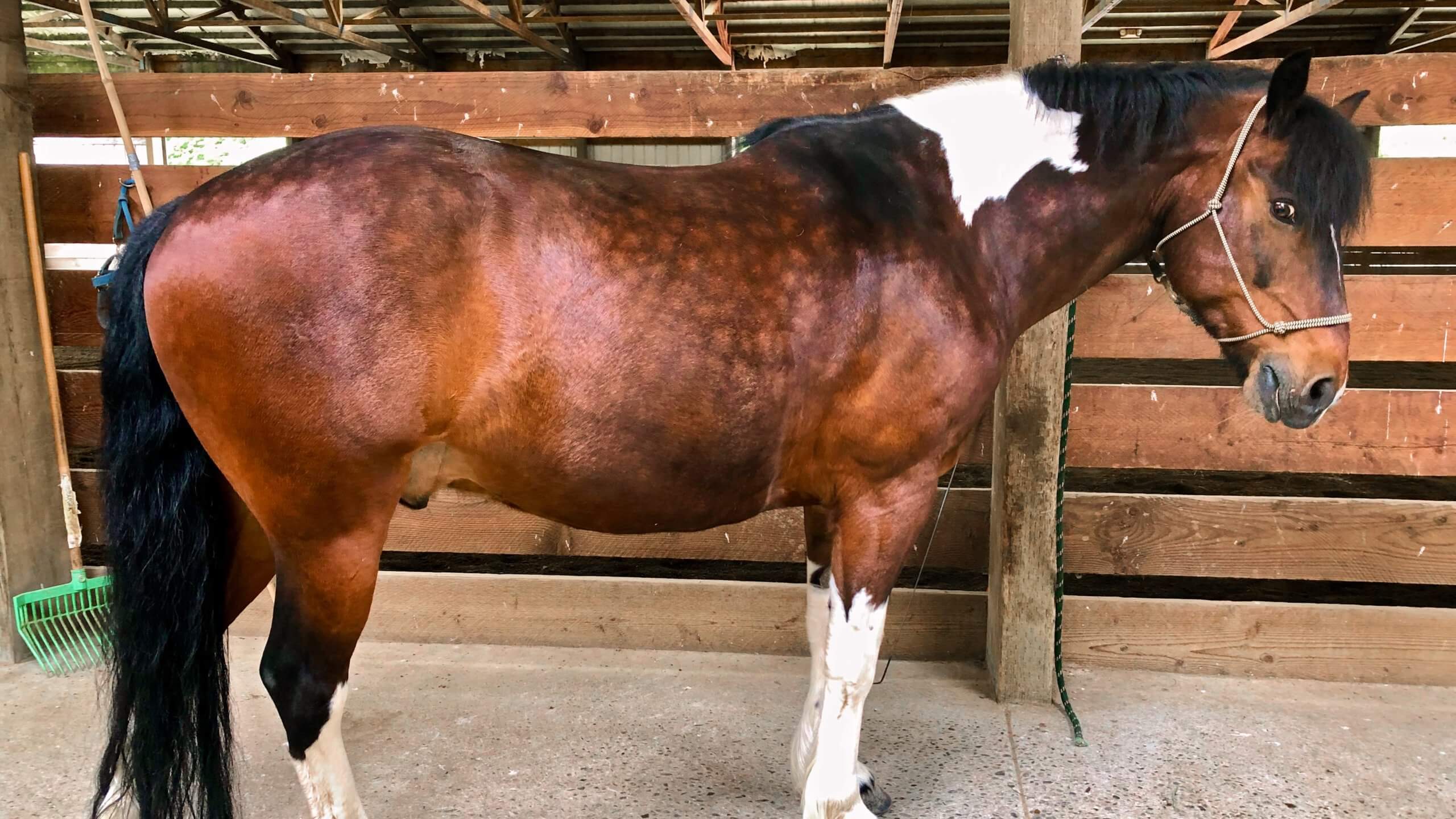 Without well-maintained feet, a horse’s performance may decline. The feet can fall apart and the horse will become uncomfortable or flat-out lame. Riding is interrupted, and it’s really unpleasant to see our equine friends not moving or feeling their best.
Without well-maintained feet, a horse’s performance may decline. The feet can fall apart and the horse will become uncomfortable or flat-out lame. Riding is interrupted, and it’s really unpleasant to see our equine friends not moving or feeling their best.
Your farrier plays a critical role in preserving your horse’s long-term hoof health and soundness. It’s essential for you to have a good working relationship with your hoof care provider in order to better your horse’s quality of life through the consistent care a good professional offers.
It’s important that the farrier provides high-quality service, but it doesn’t fall solely on them to maintain the client-professional relationship. Hoof care is a physically and mentally demanding job. Here are a few tips to help make the job as easy as possible, and to help ensure your farrier loves working with you.
- Have your horse caught, clean, and ready to be worked on at the scheduled appointment time.
If your appointment is for 2:00 p.m. that’s the time your horse needs to be waiting for the farrier. That’s not when you pull into the barn and then go catch your horse in a 60-acre field. The farrier usually has a schedule of other clients to meet that day too, and not having your horse ready makes it harder for her to show up to other appointments on time.
Clean feet and legs are important too. Soggy legs make the limb slippery and harder to handle, and muddy feet clog rasps and dull expensive tools fast. A bonus is for you to brush any mud off your horse. A farrier works up-close and personal with your horse, and if the horse is really dirty, that all ends up in your farrier’s hair, ears, eyes, etc.
- Provide a clean, covered, well-lit area to work in.
Rain happens in the Pacific Northwest. Asking a farrier to work in it is a miserable proposition. Most do not carry a wardrobe of clothes in the truck to change into should they get soaked on the job.
A level, clean workspace is also critical. If the area is very uneven, or has miscellaneous stuff strewn about, it can be a recipe for a twisted ankle or bad fall should the farrier take a bad step.
It goes without saying that good lighting is a must. It’s nearly impossible for a farrier to do quality work if they can’t see what they’re doing.
- Put the cell phone away.
Unless you are expecting a life-changing phone call or text, silence the phone and leave it stashed for the time the farrier is working on your horse. The owner/handler is the farrier’s first line of defense and is responsible for helping to keep the horse safe to work on.
Farriers don’t have eyes in the back (or top) of their head to see a fast-approaching scary object or any other situation that may bother the horse. The handler should be aware of the surrounding environment, and alert the hoof care provider of any potential scenarios that may cause the horse to spook — situations that are easy to miss if the handler is scrolling…
- Make sure your horse is safe to work on.
Training the horse to stand is not included in the cost of trimming and shoeing. It’s the owner’s responsibility to make sure the horse has basic manners. If the horse does not stand well, take the time to teach the horse that they can relax while having their feet handled.
If training is outside your wheelhouse, ask a farrier or trainer for tips on how to go about that, pay a trainer to teach your horse, or offer to pay your hoof care provider to train the horse if that is a service she offers.
Sometimes horses do not stand well because of pain. If that seems to be the cause of poor behavior, talk to your veterinarian about possibly giving an anti-inflammatory on the days the farrier is coming.
Hoof care providers have signed up for a tough job. Each one of those yanks may not look like much, but they take a toll on the body nonetheless. Making sure the horse is comfortable mentally and physically with the process of hoof work minimizes the number of yanks and pulls the farrier’s body has to deal with.
To be sure, the hoof care provider also has their own list of responsibilities to ensure a good client-provider working relationship. And that is a subject for another article!
See this article in the 2021 March online edition:

Christina Cline has been a hoof care provider for 20 years and is co-author of The Essential Hoof Book. She is an instructor with Progressive Hoof Care Practitioners and the Equine Sciences Academy. She splits her time between Whatcom County and the Methow Valley.

